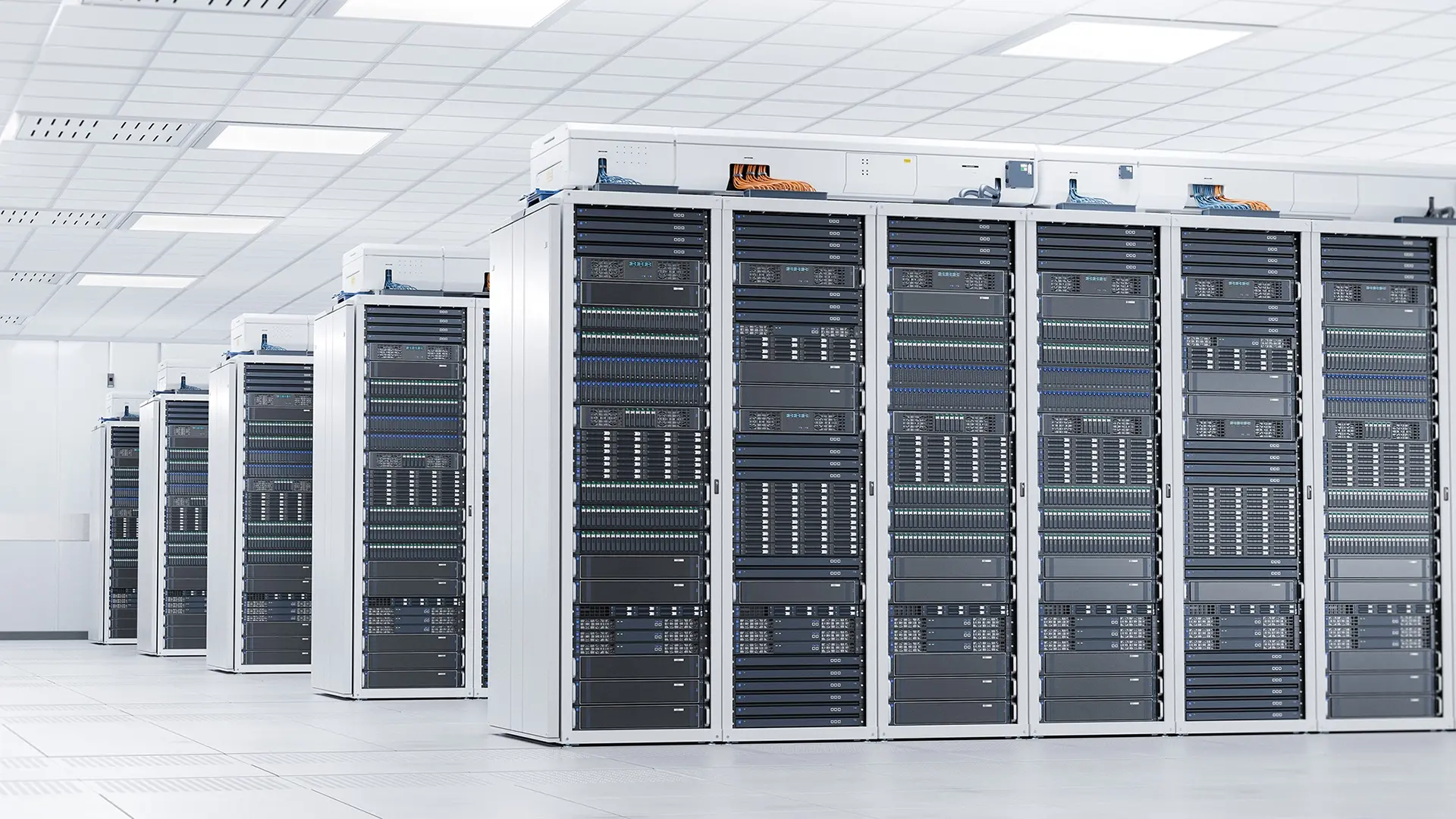
What is Data Center Infrastructure Management (DCIM)?
Data center infrastructure management (DCIM) comprises processes and technologies used to monitor, measure, and manage a data center's physical and virtual infrastructure. DCIM utilizes tools, software, and applications to keep track of a range of key areas in data centers, such as:
- Physical infrastructure: This type of monitoring employs methods including sensors, cameras, and facilities management software to check equipment health and the status of security threats, equipment failures, and other potential anomalies.
Assets monitored in data center's physical infrastructures include cooling systems, environmental detectors, servers, storage devices, PDUs, and UPSs. Overheating is a sign of faults that can lead to failure. Therefore, data center equipment needs to maintain specific temperature ranges to ensure optimum operations and system uptime. - Capacity management: A reliable ‘always on’ power supply is a crucial requirement in a data center.DCIM software tracks power capacity, network bandwidth, rack space, and cooling capability. This helps data center operatives understand when server racks are running short on space and deploy new equipment when necessary. It can also help with the investigation of the causes of high power consumption and improve cooling efficiency.
- Security: DCIM monitors several aspects of security in data centers, such as:
- Physical security: This includes unauthorized access and malicious activities, preventing the use of cameras, monitoring door locks, and other sensors to detect intrusions and provide alerts.
- Environmental security: Environmental conditions such as dust, humidity, and temperature can be hazardous, and threaten the smooth running of data centers. DCIM systems help reduce equipment risk from these hazards. Equipment in data centers require a significant amount of energy, therefore, it’s crucial to ensure that the airflow in a data center is cooled and monitored to prevent equipment from overheating. The humidity in a data center must be within a specific range to avoid corrosion.
- Asset security: DCIM monitors data center assets such as storage devices, network equipment, and servers to identify unauthorized activities occurring on critical assets.
- Logical security: System logs, network traffic and other data are monitored by DCIM to alert personnel to suspicious activities, data and network breaches.
Data center infrastructure management, or DCIM, utilizes monitoring tools to gather asset data to help improve operational efficiencies across the entire organization. These can be divided into different levels, including:
- Enterprise-class monitoring: Many nodes across numerous data can be managed through monitoring, data collection, thresholds, and alerts. This comprises environmental sensors, busways, busbars/bus ducts, UPS, PDUs, Remote Power Panels (RPPs), Computer Room Air Handling CRAS and multiple protocols like Modbus, SNMP and Building Automation and Control Network (BACnet).
- Data distribution and storage management.
- Infrastructure monitoring.

.webp?width=2000&name=2024%20CTM%20Survey%20Results%20Website%20webp%20(1).webp)

.png?width=150&height=250&name=Improve%20Data%20Center%20Uptime%20with%20CTM%20(1).png)




